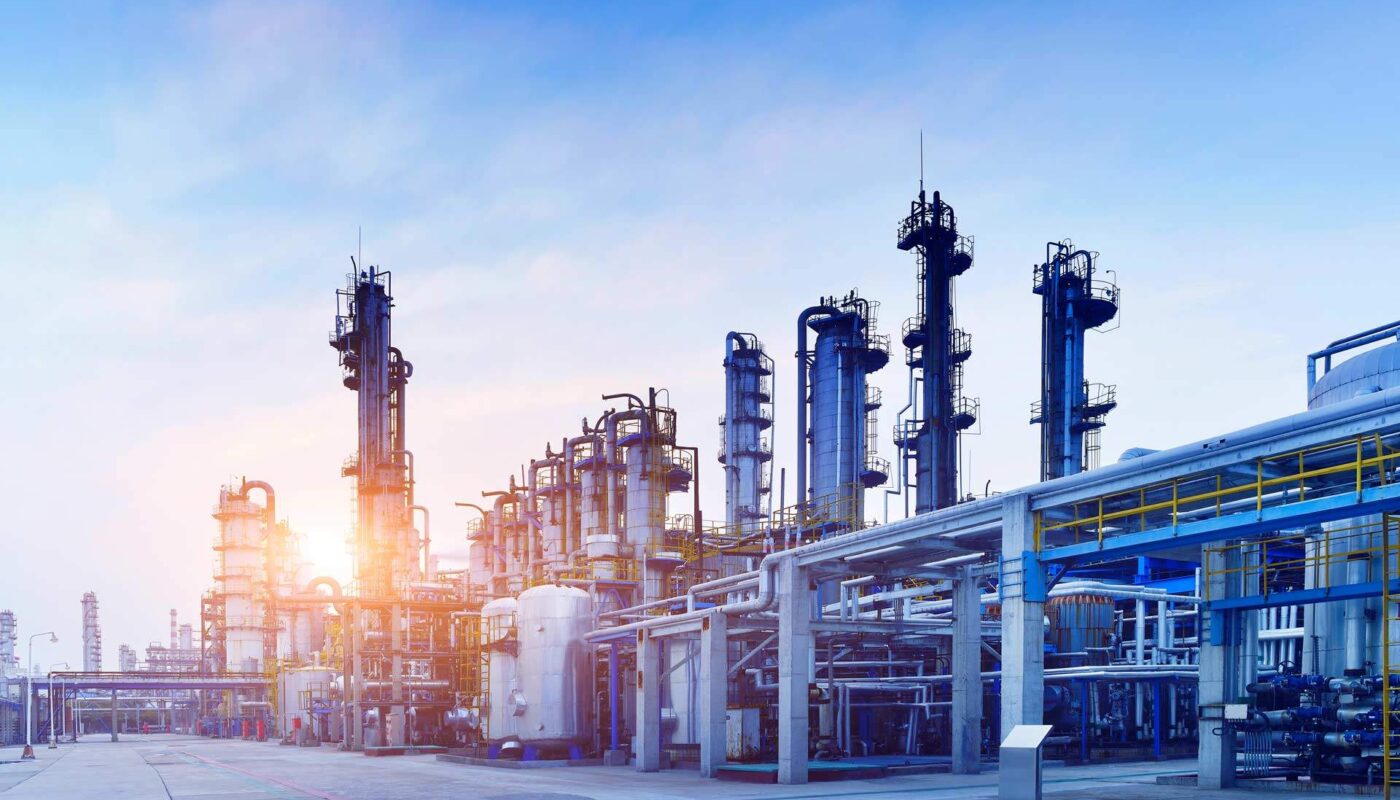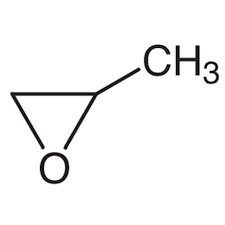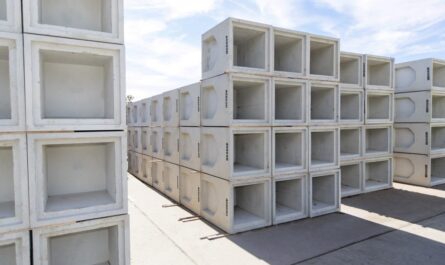The chlor-alkali industry has come a long way in reducing its environmental footprint through sustainable innovations. Producing chlorine, caustic soda and other alkali products through electrolysis of brine solution, this century-old industry is transitioning towards greener technologies that are more efficient and less polluting.
History and Significance
The Chlor-Alkali industry had its origins in the late 1800s when the mercury and diaphragm cell processes were developed for electrolysis of brine. By the early 1900s, the industry was growing rapidly as chlorine and caustic soda found widespread application in pulping, bleaching, water treatment, soaps and detergents, chemicals, plastics and other sectors. Today, chlor-alkali productions account for over 60 million tons annually across the globe. Chlorine is used to produce PVC, isocyanates, solvents, pesticides, pharmaceuticals and other products essential for modern life. Caustic soda is used in aluminium production, oil refining, soaps and cleaning products among others. This indispensable industry underpins progress in many key sectors of the modern economy.
Transition to Greener Technologies
However, the traditional mercury cell and diaphragm cell processes also posed environmental challenges due to mercury and asbestos use. Since the 1990s, the industry has been transitioning towards newer and greener membrane cell technologies that avoid these issues. Membrane cell technologies use ion-exchange membranes instead of mercury or diaphragms for electrolysis. This significantly reduces energy use, eliminates mercury emissions and generates no hazardous wastes. Today over 70% of global chlor-alkali production uses membrane cell technologies. Leading companies are also closing older plants and retrofitting others with membrane cells to drive full transition away from polluting technologies.
Energy Efficiency Gains
An important aspect of the industry’s sustainability journey has been the continual drive for enhanced energy efficiency. Production using membrane cell technologies is 30-40% more energy efficient compared to older processes. Companies have also invested in combined heat and power systems, waste heat recovery, and switching to cleaner fuels to reduce carbon footprint. Advanced plants now achieve world-class energy efficiency of below 4 kWh/kg for chlorine production. This has huge economic and environmental benefits considering the massive scale of operations. R&D is alsoongoing to develop revolutionary electrolysis systems like proton exchange membrane water electrolysis that could potentially slash energy needs by half compared to current best-in-class plants.
Emphasis on Sustainable Chemistry
Beyond production process changes, the industry is also promoting sustainable chemistry and product stewardship. Companies actively support green chemistry research for safer alternatives to existing products and production methods. Life cycle assessments help optimise sustainability across the value chain from materials sourcing to end-of-life recycling/recovery of products. Joint industry initiatives drive innovation in green building materials, water treatment chemicals, sustainable plastics technologies and more. The sector also focuses on hazard communication and product safety to protect workers, communities and the environment.
Addressing Climate Change
Recognising the risks of climate change, companies are setting ambitious greenhouse gas reduction targets approved by the Science Based Targets initiative. Strategies involve onsite efficiency improvements, renewable energy sourcing, carbon capture and storage or utilisation technologies. The industry also collaborates with partners across sectors on climate adaptation and mitigation projects. Recent examples include an Indonesian reforestation partnership, wastewater treatment initiatives in China, and collaborative R&D on CO2-based chemicals and plastics. Additionally, industry associations actively engage in policy advocacy around emissions regulation, carbon pricing and clean energy deployment to accelerate decarbonisation.
Powering the Green Transformation
Going forward, innovation will continue driving the industry’s sustainability performance to even greater heights. Promising research avenues include developing highly efficient zero-gap electrolysis, renewable hydrogen production using electrolysis, as well as carbon capture technologies that leverage chlor-alkali facilities. Advanced materials made from waste plastic, sustainable bioplastics and carbon fiber reinforced composites also hold potential to lower industrial carbon footprint. With its cross-cutting role, a greener chlor-alkali sector will be pivotal for powering sustainability transformations across multiple industries and economies. As the world transitions to a low-carbon future, this innovative industry remains committed to playing its part through accelerated technologies and sustainable solutions.
*Note:
1. Source: Coherent Market Insights, Public sources, Desk research
2. We have leveraged AI tools to mine information and compile it




